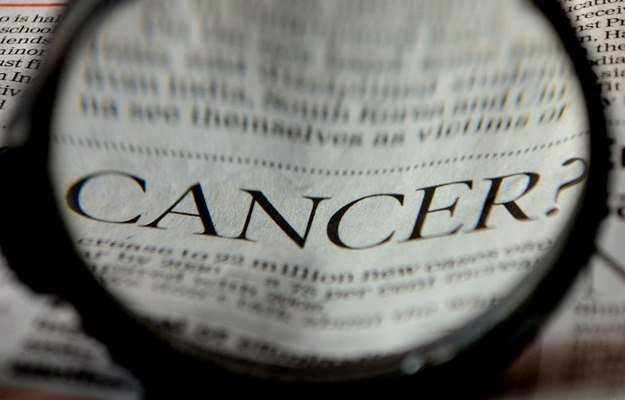What is Kaposi sarcoma?
Kaposi sarcoma is named after the Hungarian dermatologist, Dr Moritz Kaposi, who first described the condition in 1872. It is a highly vascular cancer of the skin that is malignant and appears as patches or vascular lesions. There is a greater tendency for Kaposi sarcoma to be seen in human immunodeficiency virus (HIV)-positive patients. It is often considered an acquired immunodeficiency syndrome (AIDS) defining illness. The disease shows a greater prevalence in homosexual men.
What are its main signs and symptoms?
The condition affects the skin and the inner lining or the mucosa. Patches may appear anywhere on the body. The lesions often appear as flat pigmented macules or highly raised nodular papules. Being richly supplied by blood vessels, they are red or purplish in colour. They are painless but may have a negative psychological impact. With time, these lesions may become painful and there may be swelling in the legs.
The lesions become life threatening when they are present in the internal organs. They may obstruct the urethral or anal canal. In the lungs, they may cause bronchospasm, shortness of breath and progressive lung failure. On the skin, the patches may develop to tumours over time.
What are its main causes?
Kaposi sarcoma is caused due to infection by a virus called human herpesvirus 8, also known as Kaposi sarcoma-associated herpesvirus. People with HIV infection are more prone to being infected with this virus. Once infected, the endothelial cells (cells that line the inner surface of blood vessels) undergo abnormal proliferation due to disruption in the normal cycle of cell replication.
How is it diagnosed and treated?
Once the clinical signs indicate that a patient is suffering from Kaposi sarcoma, the diagnosis can be confirmed by a biopsy of the lesion. A small amount of tissue is collected from the tumour; this procedure is done under anaesthesia and is painless. Since they are highly vascular lesions, slight bleeding may be seen, along with mild discomfort for a day or two. The tissue sample is examined under a high power microscope to confirm the diagnosis. Presence of dysplastic features and blood vessels lined with atypical cells confirm the diagnosis.
Treatment depends on the status of HIV infection and how it has impacted the immune system. An available treatment option is antiretroviral therapy (ART). Chemotherapy and ART may be used together. Freezing or surgical resection of lesions can also be done.

 OTC Medicines for Kaposi's Sarcoma
OTC Medicines for Kaposi's Sarcoma















